Table of content
Glass noodles, also known as cellophane noodles, mung bean noodles, or tanghoon in some Asian cuisines, are a versatile and beloved ingredient in global cooking. Made from mung bean starch, potato starch, or sweet potato starch, these translucent, thread-like noodles are prized for their ability to absorb flavors while maintaining a delightful chewiness. However, cooking them to perfection requires precision, as overcooking can lead to a mushy texture, while undercooking leaves them rigid and unappetizing. This article explores the nuances of preparing glass noodles, from soaking techniques to flavor pairing, ensuring a dish that delights the palate and impresses the eye.
Understanding Glass Noodles: Types and Uses
Before diving into cooking methods, it’s essential to recognize the variety of glass noodles available. Thickness ranges from thin, spaghetti-like strands to thicker, udon-inspired widths. Thinner noodles cook faster and are ideal for stir-fries or salads, while thicker variants hold up better in soups or braised dishes. Some brands are pre-seasoned with salt or algae extracts, while others are neutral, allowing for customization. Always check the packaging for soaking and cooking instructions, as formulations may vary.
Preparation: The Foundation of Perfect Noodles
The key to avoiding gummy or brittle glass noodles lies in proper preparation. Unlike wheat-based noodles, glass noodles require soaking before cooking. This rehydrates the starch, ensuring even cooking.
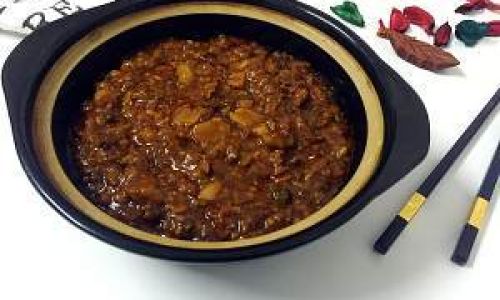
-
Soaking Technique:
- Cold Water Method: Submerge the noodles in room-temperature water for 20–30 minutes. This gradual rehydration preserves their structure, making them ideal for stir-fries or salads.
- Warm Water Method: For a quicker soak, use lukewarm water (around 100°F/38°C). Reduce soaking time to 10–15 minutes, but monitor closely to prevent sogginess.
- Avoid Boiling Water: Pouring boiling water over glass noodles can overcook the exterior while leaving the core hard, resulting in uneven texture.
-
Draining and Cutting:
- After soaking, drain the noodles thoroughly. Excess water dilutes flavors and increases cooking time.
- Use kitchen shears to trim the noodles into manageable lengths (6–8 inches), preventing clumping during stir-frying.
Cooking Methods: From Stir-Fry to Soup
Stir-Frying: The Classic Approach
Stir-frying is the most popular method for glass noodles, as it achieves a harmonious blend of textures and flavors.

- Heat Management: Use a wok or large skillet over high heat. Preheat the pan until a drop of water evaporates instantly.
- Oil Selection: Opt for neutral oils like vegetable or peanut oil. For added depth, toast sesame oil just before serving.
- Ingredient Order:
- Aromatics: Sauté minced garlic, ginger, or shallots until fragrant.
- Proteins: Add thinly sliced meat (pork, beef, or chicken) or tofu, stir-frying until cooked.
- Vegetables: Incorporate quick-cooking veggies (bell peppers, snap peas, carrots) last to retain crispness.
- Noodles: Toss in the soaked, drained noodles. Use tongs to separate strands and coat evenly with oil.
- Sauce Integration:
- A mixture of soy sauce, oyster sauce, and a pinch of sugar forms the base. For a spicy kick, add gochujang or Sriracha.
- Pour the sauce around the pan’s edges to prevent scorching, then toss vigorously to distribute.
Soup: Delicate and Comforting
Glass noodles shine in broth-based soups, absorbing flavors without disintegrating.
- Broth Preparation: Use light, aromatic broths like chicken, mushroom, or dashi. Simmer bones or kombu for 1–2 hours to extract depth.
- Noodle Addition: Add soaked noodles during the final 5 minutes of cooking. Overcooking in liquid will make them bloated.
- Toppings: Elevate with soft-boiled eggs, sliced scallions, or enoki mushrooms.
Salad: Refreshing and Crisp
Transform glass noodles into a refreshing salad by leveraging their neutral taste.
- Blanching (Optional): For a firmer texture, briefly blanch soaked noodles in boiling water (30 seconds), then shock in ice water.
- Dressing: Toss with a vinaigrette of rice vinegar, sesame oil, honey, and grated garlic. Add julienned cucumbers, shredded carrots, and cilantro.
- Protein Boost: Top with grilled shrimp or edamame for a complete meal.
Hot Pot: Interactive and Fun
Glass noodles are a hot pot favorite, as they cook quickly in simmering broth.
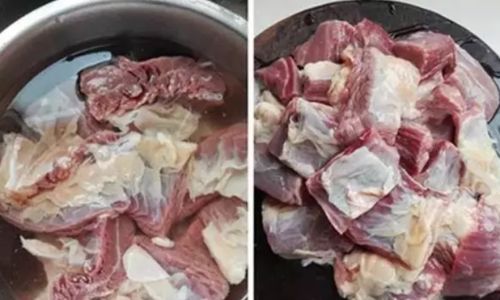
- Preparation: Soak noodles until pliable, then drain.
- Cooking: Submerge in boiling broth for 1–2 minutes. Guests can customize with dipping sauces (soy-based, chili, or peanut).
Flavor Pairings: Elevating the Dish
The beauty of glass noodles lies in their adaptability. Experiment with these combinations:
- Umami-Rich: Combine with dried shiitake mushrooms, wood ear fungus, and a dash of fish sauce.
- Herbaceous: Toss with basil, mint, and lime zest for a Southeast Asian twist.
- Spicy: Infuse with gochugaru (Korean chili flakes) and kimchi for a fiery kick.
- Vegetarian: Pair with wok-seared mushrooms, bok choy, and a miso-based sauce.
Troubleshooting Common Issues
- Mushy Noodles: Over-soaking or overcooking. Reduce soaking time by 5 minutes and stir-fry over high heat to evaporate excess moisture.
- Sticky Noodles: Insufficient oil or low heat during stir-frying. Ensure the pan is hot and coat noodles generously with oil.
- Bland Flavor: Under-seasoning or uneven sauce distribution. Toss noodles thoroughly and taste-test before serving.
Advanced Tips for Gourmet Results
- Toast for Nuttiness: Dry-toast glass noodles in a pan before soaking to impart a subtle roasted flavor.
- Layer Flavors: Build complexity by marinating proteins in advance or using homemade broths.
- Balance Textures: Combine soft noodles with crunchy elements like water chestnuts or toasted peanuts.
- Presentation: Mound noodles in a bowl, top with colorful garnishes, and drizzle with sauce for an Instagram-worthy plate.
Conclusion
Cooking glass noodles to perfection is an art that rewards patience and experimentation. By mastering soaking techniques, selecting the right cooking method, and pairing with complementary flavors, you can transform this humble ingredient into a star dish. Whether stir-fried, simmered in soup, or chilled in a salad, glass noodles offer a canvas for culinary creativity. Embrace their versatility, and soon you’ll find yourself crafting meals that are as visually stunning as they are delicious. Bon appétit!
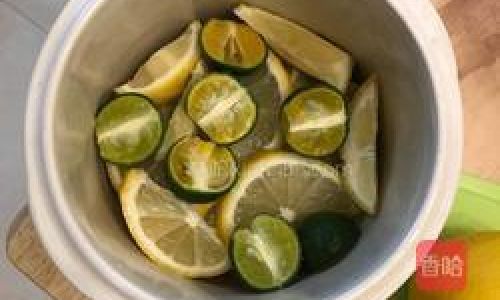

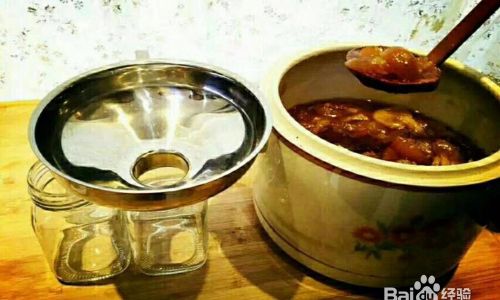
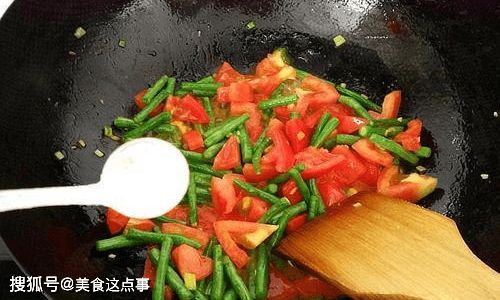
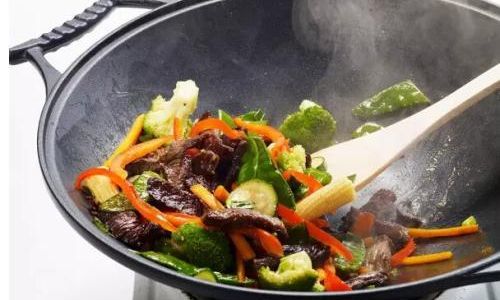
0 comments